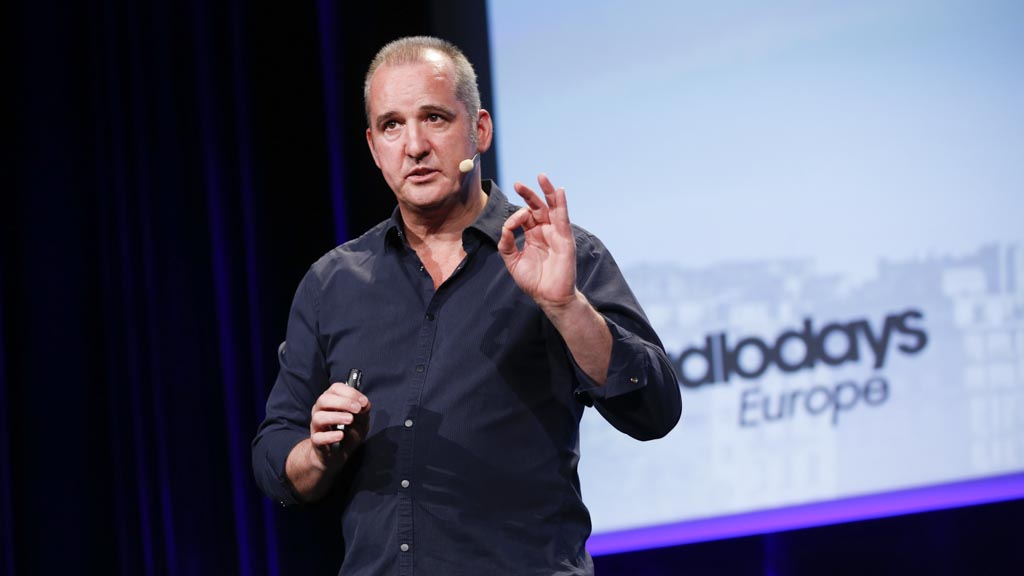
What’s Your Leadership Message?
With the aid of some red balls and some willing participants in the audience, he described how the key aim of a speech is message transfer. It was all about formulating something that’s clear and understandable and then working out the best way to communicate that to the audience.
Cam was less concerned about how a performer executed a speech or whether they followed the “rules” of public speaking, and instead was more interested in whether the speaker was comfortable in their own skin and what their message was.
Using Steve Jobs’ iPod introduction – a 1,000 songs in your pocket – as an example he talked about whether an audience “got the message”, could they then “recall it” and would they “repeat it”. He felt all of these things were essential if you wanted to create momentum around a speech or business strategy.
He also felt the same focus on message delivery was important for communicating any strategy in business – “a great content strategy is useless if you’re poor at communicating that strategy”. He asked “Do you know your leadership message?” and if not, what chance does your team have?
Overall he thought great messaging is the key to being a great leader.




